
Have you ever wondered what makes some plastics so resilient? Let me introduce you to titanium dioxide (TiO₂)—a remarkable compound that’s changing the game in the plastic industry!
Titanium dioxide revolutionizes the plastic industry by improving opacity, heat resistance, and UV protection, which enhances durability and quality. It is widely used in thermosetting and thermoplastic plastics, such as polyolefins and PVC, contributing to more robust and sustainable products.
But hold on—there’s so much more to discover! Let’s dive deeper into how TiO₂ is not just meeting current demands but also paving the way for innovative futures in materials.
[claim claim=”Titanium dioxide enhances plastic UV protection.” istrue=”true” explanation=”TiO₂ acts as a UV blocker, extending plastic lifespan by preventing degradation.”]
What Are the Key Benefits of Using Titanium Dioxide in Plastics?
Titanium dioxide (TiO₂) is a vital component in plastics, offering enhancements in opacity, strength, and durability.
Titanium dioxide provides plastics with enhanced opacity, UV protection, and improved mechanical properties, making them more durable and efficient in various applications.
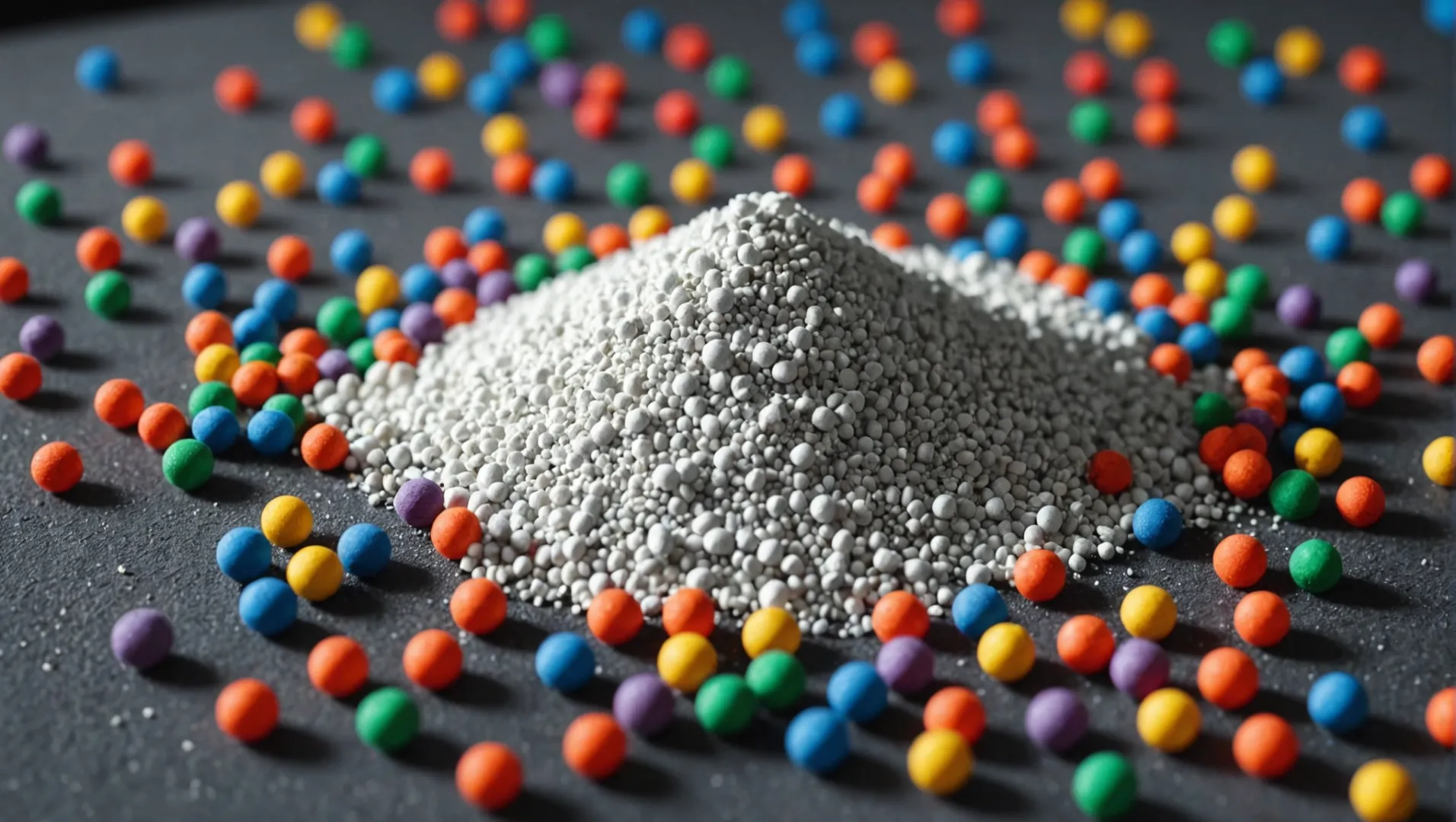
Enhancing Opacity and Aesthetic Appeal
One of the primary benefits of using titanium dioxide in plastics is its ability to improve opacity and tinting strength. This results in vibrant colors and a consistent appearance, which are critical for consumer products. By incorporating TiO₂, manufacturers can achieve a high-quality finish that masks imperfections, even with low pigment volume concentrations.
UV Protection and Weather Resistance
Plastics exposed to sunlight risk degradation due to ultraviolet (UV) radiation. Titanium dioxide acts as an excellent UV blocker, enhancing the weatherability of plastic products. This protection not only prolongs the life of outdoor products but also preserves their aesthetic quality. In sectors such as construction and automotive, where durability is paramount, TiO₂’s role is indispensable.
Improved Mechanical Properties
Adding titanium dioxide to plastics can significantly enhance their mechanical properties, such as strength and flexibility. This is particularly beneficial for thermosetting1 and thermoplastic plastics used in demanding applications. By improving these properties, TiO₂ contributes to more robust products that withstand physical stress better.
Heat Resistance for Extended Applications
In many industrial applications, plastics must endure high temperatures without compromising structural integrity. Titanium dioxide increases the heat resistance of plastics, making them suitable for high-performance uses. This benefit is crucial for industries like electronics and automotive, where materials often face extreme conditions.
Versatile Applications Across Plastic Types
Titanium dioxide is versatile and can be used in a wide range of plastics, including polyolefins2, polystyrene, ABS, and PVC. Its adaptability makes it a favorite among manufacturers looking to enhance different types of plastic products. Whether mixed directly with resin powders or processed into masterbatches, TiO₂’s integration is seamless and effective.
Environmental Implications and Sustainability
While the use of titanium dioxide in plastics enhances product life and performance, it also aligns with sustainable practices by reducing the need for frequent replacements. The increased durability of TiO₂-treated plastics means less waste and resource consumption over time, offering environmental benefits alongside its technical advantages.
[claim claim=”Titanium dioxide enhances plastic’s UV protection.” istrue=”true” explanation=”TiO₂ acts as a UV blocker, prolonging product life and quality.”]
[claim claim=”Titanium dioxide reduces the opacity of plastics.” istrue=”false” explanation=”TiO₂ improves opacity, resulting in vibrant colors and masking imperfections.”]
How Does Titanium Dioxide Enhance Plastic Durability and Performance?
Discover how titanium dioxide enhances the strength and longevity of plastic products.
Titanium dioxide boosts plastic durability by improving UV protection, heat resistance, and mechanical strength, leading to longer-lasting, higher-quality products.
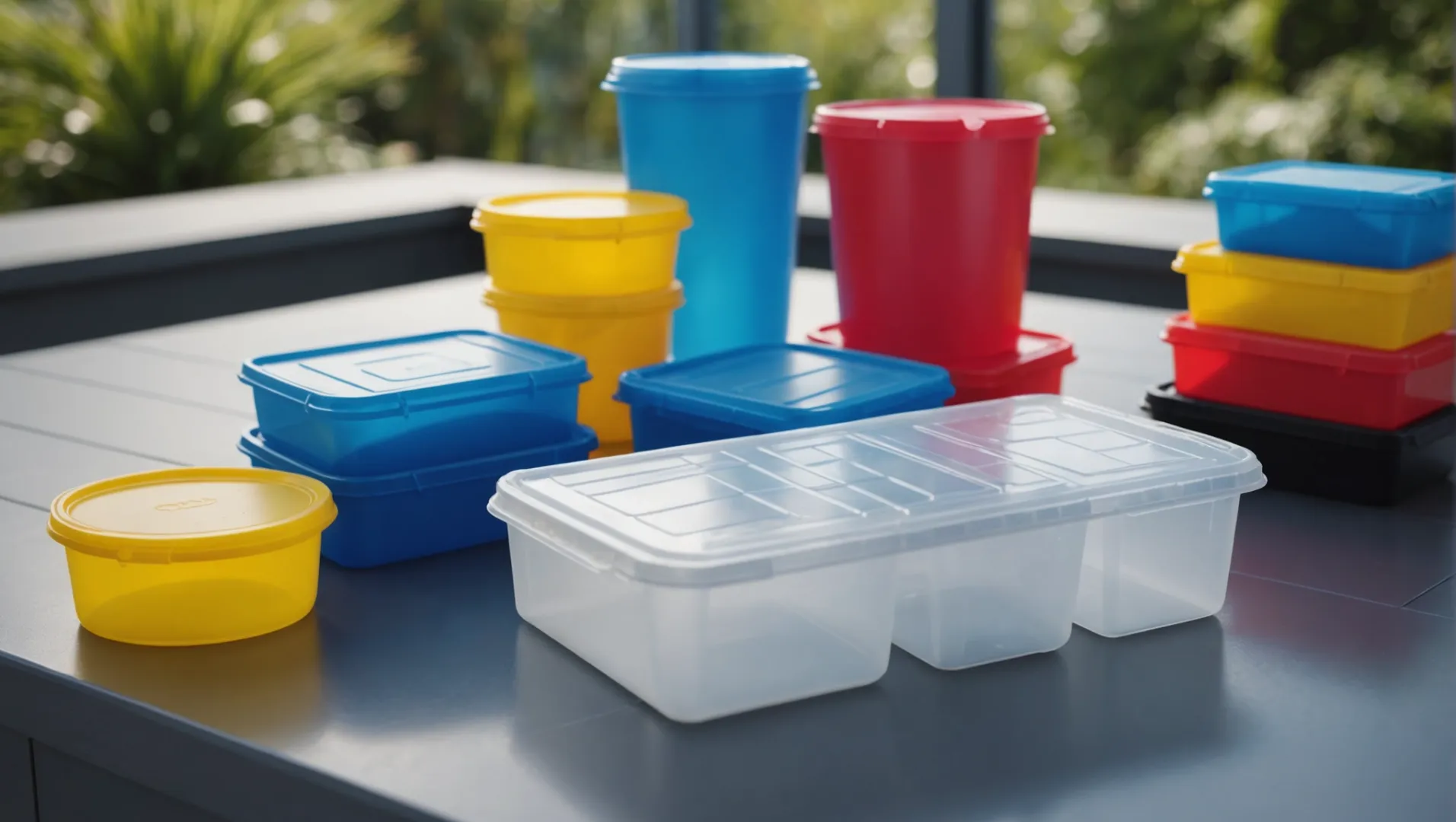
Understanding the Role of Titanium Dioxide in Plastics
Titanium dioxide (TiO₂) is widely acknowledged for its ability to enhance the durability and performance of plastic materials. Its primary function is to improve UV protection3, which is crucial as UV radiation can degrade plastics, causing them to become brittle and discolored. By absorbing harmful UV rays, TiO₂ extends the lifespan of plastic products, making them more resistant to environmental damage.
Heat Resistance and Stability
In addition to UV protection, TiO₂ significantly improves the heat resistance of plastics. This enhancement is particularly beneficial in applications requiring exposure to high temperatures, as it helps maintain the integrity and mechanical properties of the material. TiO₂’s ability to stabilize plastics under heat is essential for products used in automotive and construction industries.
| Property | Benefit |
|---|---|
| UV Protection | Prevents degradation and discoloration |
| Heat Resistance | Maintains structural integrity |
| Mechanical Strength | Enhances impact resistance and durability |
Mechanical and Electrical Properties
The incorporation of TiO₂ into plastics also improves their mechanical properties, such as impact strength and rigidity. This is achieved by optimizing the particle size and distribution within the polymer matrix, allowing for better load transfer and stress distribution. Moreover, TiO₂ enhances the electrical properties of certain plastics, making them suitable for applications in electronic devices.
Utilization Across Various Plastic Types
TiO₂ is utilized in a broad range of plastics, including polyolefins (like low-density polyethylene), polystyrene, ABS, and PVC. Its application varies depending on the desired properties and end-use requirements. For example, in polyolefins4, TiO₂ contributes to improved opacity and a finer finish, while in PVC, it aids in maintaining color stability over time.
The versatility of titanium dioxide in enhancing different plastic types showcases its integral role in producing high-quality, resilient plastic materials that meet both current and future demands.
[claim claim=”Titanium dioxide improves UV protection in plastics.” istrue=”true” explanation=”TiO₂ absorbs harmful UV rays, extending plastic lifespan.”]
[claim claim=”Titanium dioxide decreases heat resistance in plastics.” istrue=”false” explanation=”TiO₂ enhances heat resistance, maintaining structural integrity.”]
In What Types of Plastics is Titanium Dioxide Most Effective?
Titanium dioxide (TiO₂) is a vital component in enhancing the performance of various types of plastics, offering improved properties and functionalities.
Titanium dioxide is most effective in polyolefins, PVC, and ABS plastics due to its ability to enhance opacity, UV resistance, and durability.
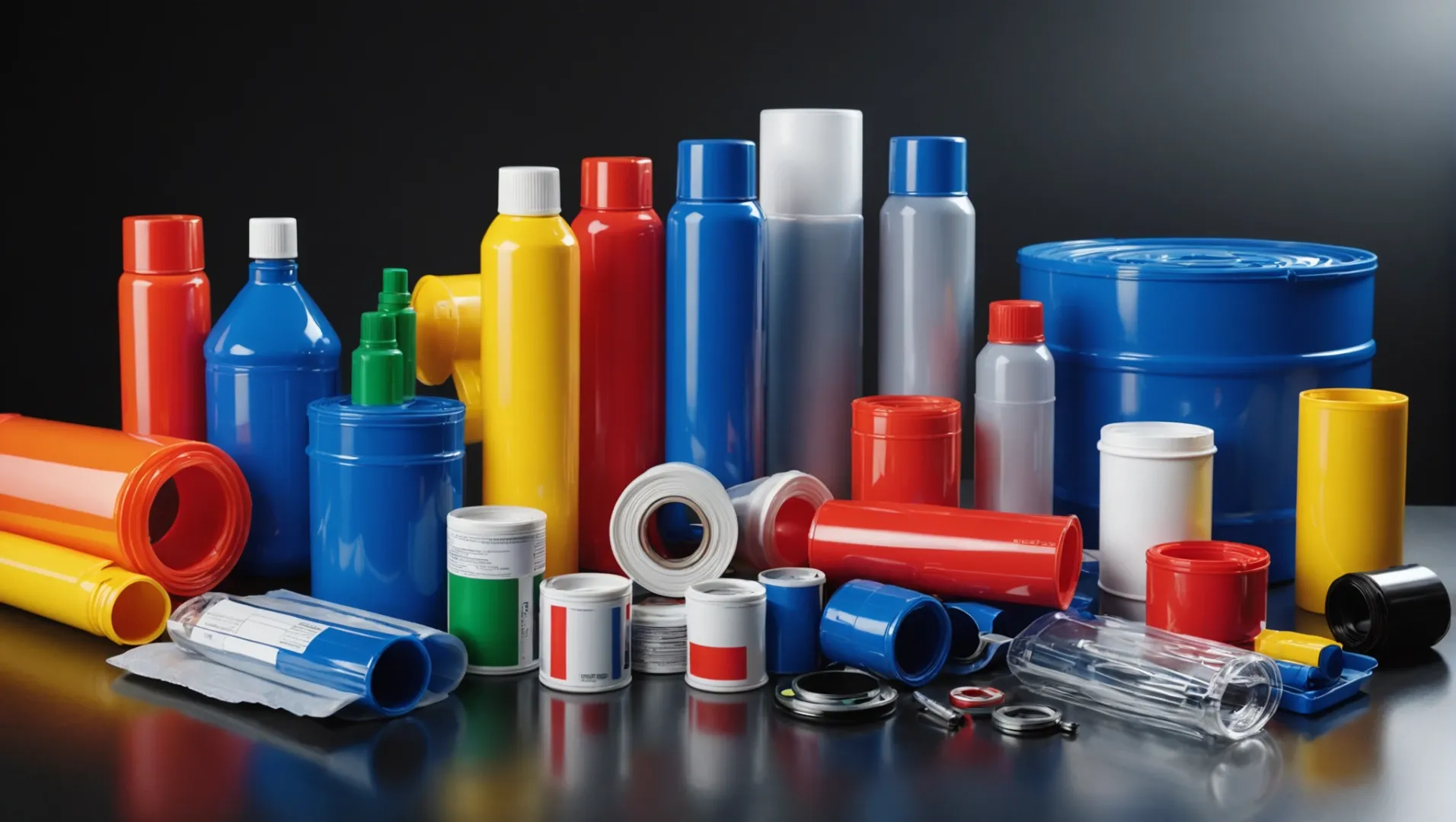
The Role of Titanium Dioxide in Polyolefins
Polyolefins, which include low-density polyethylene (LDPE) and polypropylene (PP), are among the most prevalent types of plastics benefiting from titanium dioxide. TiO₂ is crucial in these materials for its ability to improve opacity and protect against UV degradation. This means that products made from polyolefins, such as packaging films and containers, can maintain their appearance and integrity even after prolonged exposure to sunlight.
In polyolefins, TiO₂ helps counteract the natural yellowing tendency of the resin, providing a more aesthetically pleasing finish. The fine particle size of titanium dioxide used here enhances its dispersion within the polymer matrix, ensuring consistent color and performance.
Enhanced Properties in PVC and ABS Plastics
Polyvinyl chloride (PVC) is another plastic that significantly benefits from the incorporation of TiO₂. Used widely in construction, piping, and window frames, PVC requires enhanced weatherability to withstand environmental stresses. Titanium dioxide contributes to this by improving the material’s resistance to UV rays and heat, thereby extending the lifespan of PVC products.
Similarly, acrylonitrile butadiene styrene (ABS), known for its toughness and impact resistance, sees enhanced performance with the addition of TiO₂. The pigment’s high tinting strength allows for vibrant colors while maintaining the structural integrity of ABS products used in automotive and electronics industries.
Table: Titanium Dioxide Effectiveness in Various Plastics
| Plastic Type | Key Benefits Provided by TiO₂ |
|---|---|
| Polyolefins | Opacity enhancement, UV protection |
| PVC | Weatherability, UV resistance, heat stability |
| ABS | Color vibrancy, impact resistance |
Utilizing Titanium Dioxide for Advanced Applications
The versatility of TiO₂ extends beyond basic opacity and UV protection. In more advanced applications, it can be formulated into masterbatches or compounded directly with resins to achieve specific functional outcomes. This adaptability makes it suitable for niche applications where specific mechanical properties are required.
The particle size of TiO₂ plays a pivotal role in determining its effectiveness across different plastic types. A finer particle size results in a bluer undertone that masks any yellowish hue inherent in many plastic resins. This subtle adjustment not only improves the visual appeal but also enhances the perceived quality of the final product.
Understanding these nuanced applications is crucial for manufacturers aiming to optimize the use of titanium dioxide in their production processes. By tailoring the incorporation of TiO₂ to suit specific polymer characteristics and end-use requirements, companies can deliver products that meet both aesthetic and functional demands effectively.
[claim claim=”TiO₂ enhances UV resistance in polyolefins.” istrue=”true” explanation=”Titanium dioxide improves durability against sun exposure in polyolefins.”]
[claim claim=”TiO₂ is ineffective in enhancing PVC properties.” istrue=”false” explanation=”Titanium dioxide significantly improves weatherability and UV resistance in PVC.”]
How Does Titanium Dioxide Contribute to Sustainable Plastic Solutions?
In the race for sustainable materials, titanium dioxide (TiO₂) emerges as a key ally in enhancing plastic sustainability.
Titanium dioxide contributes to sustainable plastic solutions by improving material lifespan, reducing resource use, and enabling recycling processes. It enhances the durability and efficiency of plastics, allowing for longer-lasting products and reducing environmental impact.
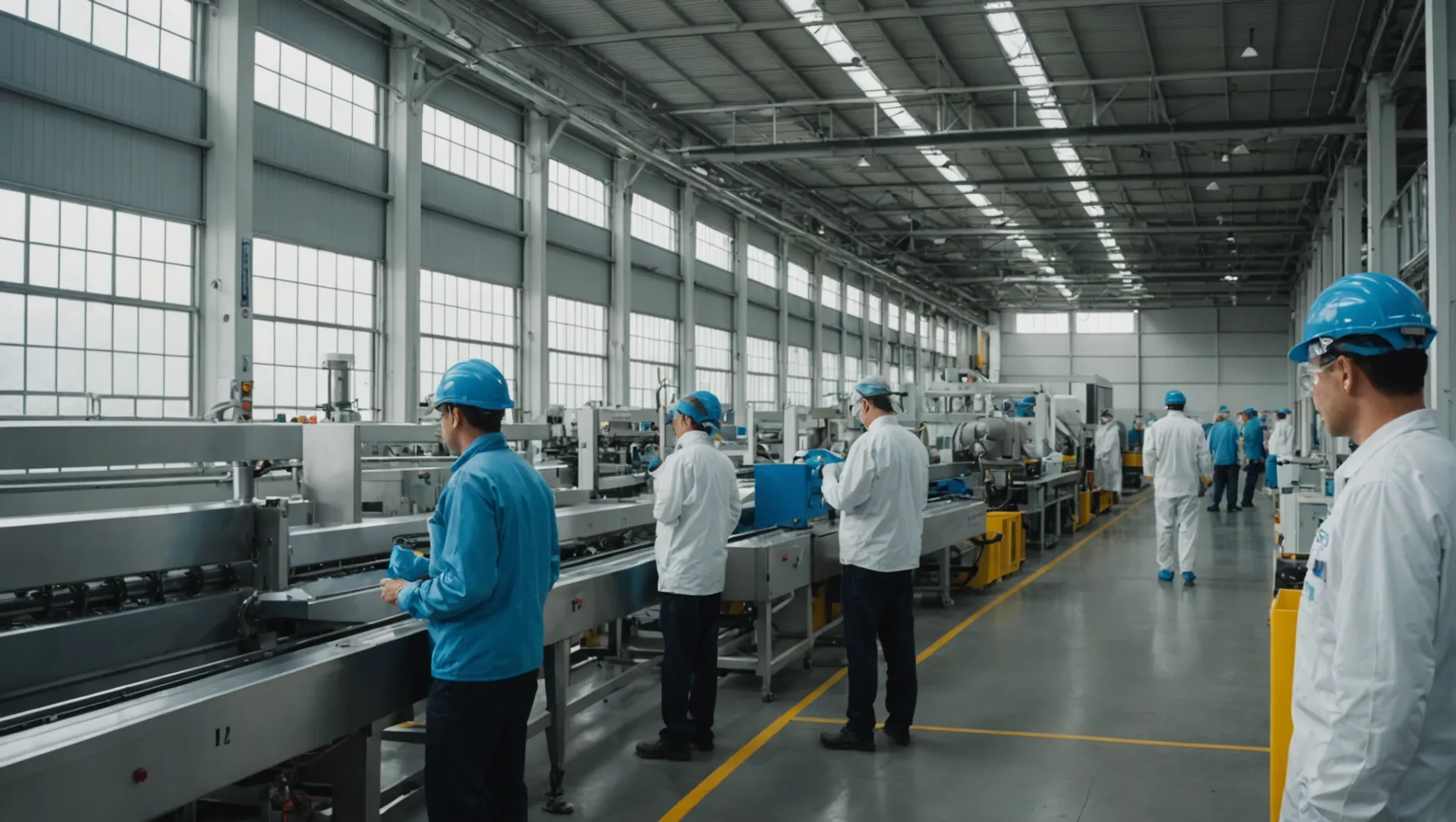
Enhancing Material Longevity
Titanium dioxide’s ability to increase the lifespan of plastic products is crucial for sustainability. By providing robust UV protection5, TiO₂ helps prevent the degradation of plastics exposed to sunlight. This means that outdoor furniture, automotive parts, and other products can last significantly longer, reducing the frequency of replacements and thus conserving resources.
Improving Efficiency and Reducing Waste
The high opacity and tinting strength of TiO₂ enable manufacturers to use less material to achieve desired color and coverage. This reduction in material use directly translates to lower production costs and minimized waste. By requiring less pigment volume, industries can produce lighter, yet equally effective products, contributing to a reduction in the overall carbon footprint.
Facilitating Recycling Processes
TiO₂ also plays a role in enhancing the recyclability of plastics. It helps maintain the mechanical and aesthetic qualities of recycled plastics, making them more appealing for reuse. Its application in masterbatches allows for easier separation and reprocessing, thereby improving recycling efficiency. This contribution is pivotal in closing the loop in plastic manufacturing and consumption.
Applications in Sustainable Innovations
The versatility of titanium dioxide extends to various innovations aimed at sustainability. For instance, it is used in creating biodegradable plastics where its fine particle size aids in balancing strength and degradation rates. It is also involved in developing smart materials that can respond to environmental changes, furthering the scope of eco-friendly solutions.
In conclusion, titanium dioxide’s role in sustainable plastics is multifaceted, impacting product longevity, efficiency, and recyclability. As industries continue to innovate, TiO₂ remains a cornerstone in the quest for greener plastic solutions.
[claim claim=”Titanium dioxide extends plastic product lifespan.” istrue=”true” explanation=”TiO₂ provides UV protection, preventing degradation and extending longevity.”]
[claim claim=”Titanium dioxide increases the weight of plastic products.” istrue=”false” explanation=”TiO₂ reduces material use due to high opacity, lowering product weight.”]
Conclusion
In conclusion, titanium dioxide stands as a key player in enhancing plastic quality and sustainability. Embracing its unique properties can lead us towards a more responsible and innovative future.
-
Explore how thermosetting plastics benefit from TiO₂’s mechanical enhancements.: Melamine resin is a nitrogen-rich, organic thermoset plastic that is used to manufacture kitchen utensils, such as plates, cooking tools, trays and more. Once … ↩
-
Understand why polyolefins benefit from TiO₂’s versatility and enhancements.: One reason for polyolefins’ dominance is their versatility. They have an incredibly broad spectrum of end-use applications, including rigid … ↩
-
Learn how TiO₂ prevents plastic degradation due to UV exposure.: When incorporated into the synthetic resins of plastic-based products, TiO2 ensures UV rays do not penetrate and damage the product and its appearance. This … ↩
-
Explore how TiO₂ enhances polyolefin plastics’ durability and appearance.: Ti-Pure™ in plastic applications can help to improve weatherability and durability of products in addition to improved optical properties. ↩
-
Learn how TiO₂ enhances UV protection for longer-lasting plastics.: Ti-Pure™ TiO2 adds a range of performance benefits to various types of plastic systems, including opacity, UV damage resistance, color retention, gloss, … ↩




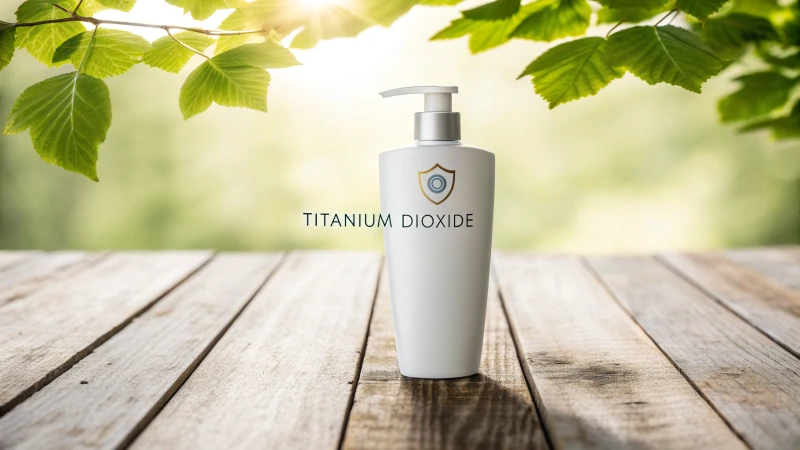
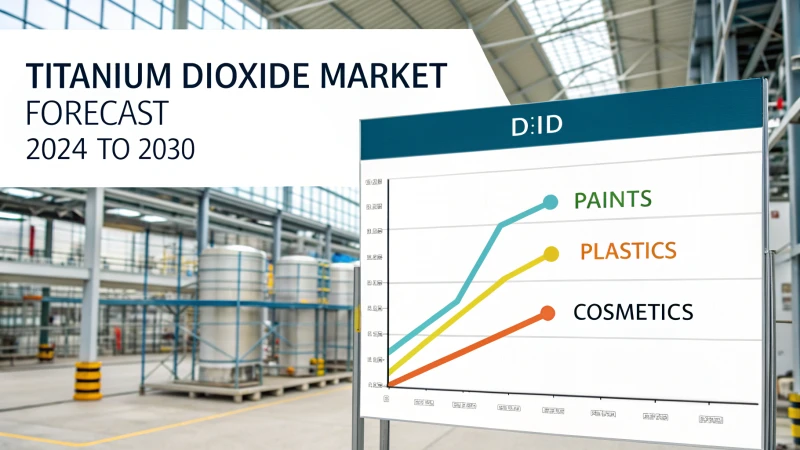
2 Responses
HI ‘sirs
thanks for sharing us such valuable and precious doc. would you please let us know whether using titanium dioxide as uv additive can affects the flowability of the polycarbonate molding grade in a plastic injection mold . a few people have mentioned that using of this kind of uv additives drastically reduce the flowability of the polycarbonate material during the injection cycle and filling of the mold.
your prompt reply would highly be appreciated
best regards
rasoul salehi,
Dear Mr. Salehi,
Thank you for your valuable question.
In general, titanium dioxide (TiO₂) is widely used in plastics not only as a pigment but also as a UV protection additive. Its impact on the flowability of polycarbonate (PC) during injection molding largely depends on several factors:
Dosage Level – At typical loading levels (1–3%), TiO₂ generally has minimal impact on PC flowability. However, excessive loading can increase melt viscosity and affect mold filling.
Particle Size & Surface Treatment – Surface-treated rutile TiO₂ grades designed for plastics usually provide better dispersion and lower impact on flowability compared with untreated grades.
Processing Conditions – Melt temperature, shear rate, and injection pressure also play a significant role. Optimizing these can reduce potential flow issues.
Compatibility with Additives – The interaction between TiO₂ and other UV stabilizers or fillers in the formulation can influence processing behavior.
In summary, when appropriate grades of TiO₂ are used at standard dosage levels, the effect on PC flowability is typically limited. For high-performance requirements, we recommend choosing plastics-specialized rutile TiO₂ grades with surface treatment, which balance UV resistance with good processing performance.
Please let us know if you’d like us to suggest suitable grades for your specific PC applications.